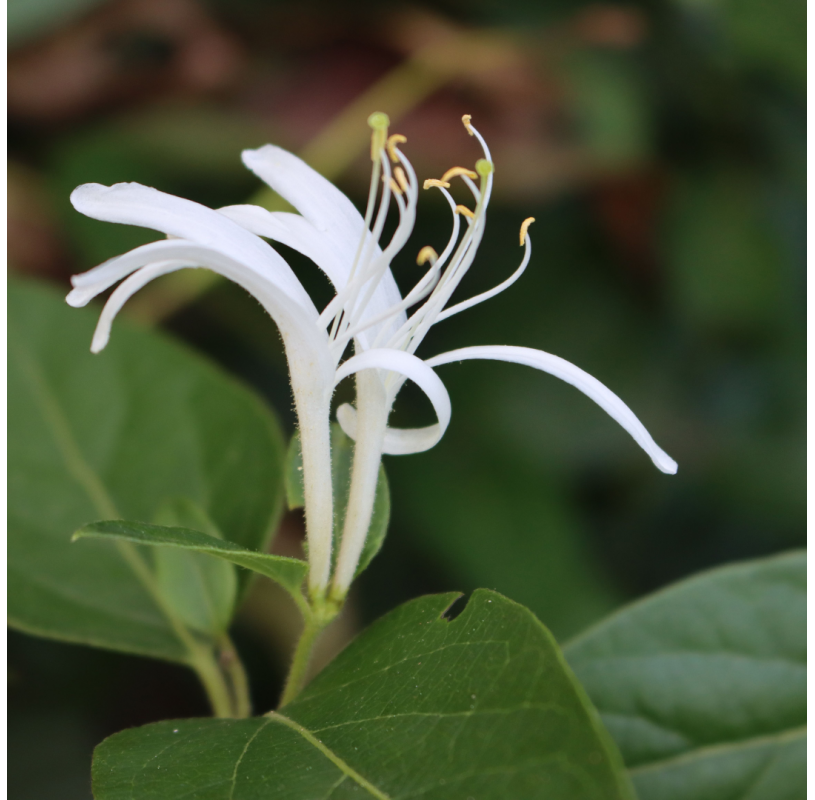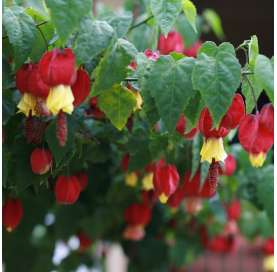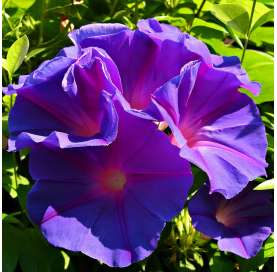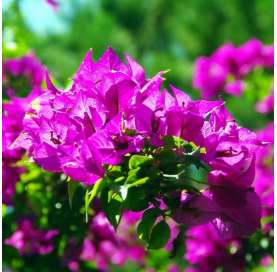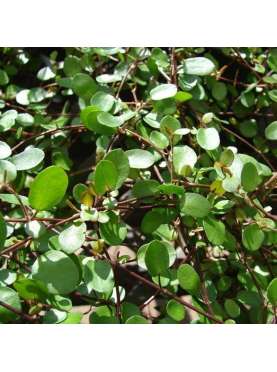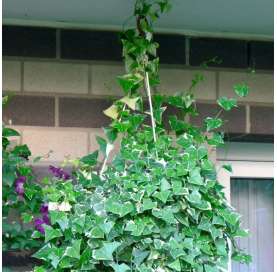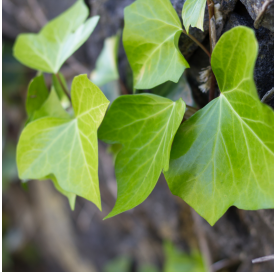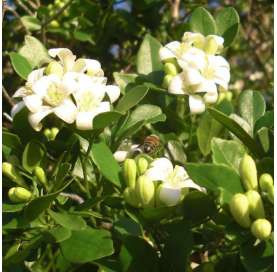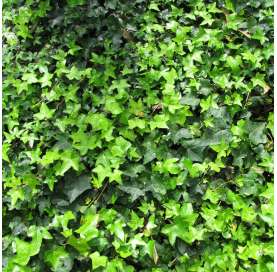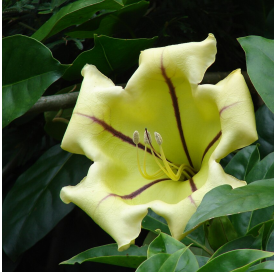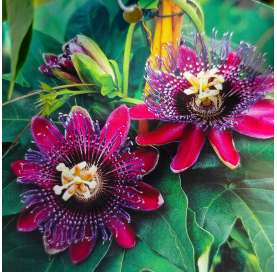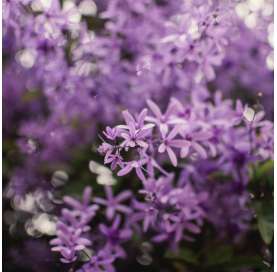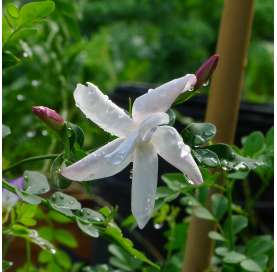Lonicera japonica blanca
The Lonicera japonica is a climbing plant native to East Asia, admired for its fragrant white flowers that turn yellow as they mature. Perfect for pergolas and fences, it is hardy, easy to care for, and attracts pollinators like bees and butterflies.
 Encrypted payments for greater security
Encrypted payments for greater security
To reduce the plant's time in transit, shipments are made from Monday to Wednesday.


Shipping only to mainland Spain and mainland Portugal
Description
Lonicera japonica, commonly known as Japanese honeysuckle white, is a climbing plant from the Caprifoliaceae family. It is recognized for its fragrant white flowers, which turn yellow as they mature. It has semi-evergreen to evergreen foliage, with oval-shaped dark green leaves and stems that can grow several meters long, easily climbing pergolas, fences, or walls.
Origin
Native to East Asia, especially Japan, China, and Korea, this plant has spread worldwide due to its rapid growth and hardiness. In some regions, it has naturalized and is considered invasive.
History
Lonicera japonica has been cherished in gardens for centuries for its beauty and fragrance. In Japanese culture, it symbolizes the connection between people and nature. Its popularity grew in Europe and America as an ornamental plant during the 19th century, although its invasive tendencies have sparked concerns in certain areas.
Care
This plant is easy to maintain and thrives in sunny or partially shaded locations. It tolerates a wide range of soil types but prefers well-drained, nutrient-rich soils. It is resistant to moderate drought and cold weather. Providing a structural support will help guide its vigorous growth.
Curiosity
The flowers of Japanese honeysuckle are rich in nectar, attracting hummingbirds, butterflies, and bees. Additionally, it has been used in traditional Asian medicine for respiratory infections and inflammatory conditions.
Watering
It requires moderate watering, keeping the soil moist but avoiding waterlogging. During hot periods, it needs more frequent watering, while in winter, watering can be significantly reduced.
Pruning
Pruning is essential to control its growth and maintain its shape. It is best pruned in late winter or early spring, removing dead, damaged, or tangled branches. Light trimming during summer can help keep it tidy and encourage continuous flowering.
Data sheet
- Name
- Lonicera japonica blanca
- Origen
- East Asia
- Height
- 3-9 m
- Colour
- White flowers that turn yellow as they mature
- Flowering
- Blooms from spring to autumn, with peak flowering during warmer months.
- Location
- Ideal for outdoor spaces in sunny or partially shaded areas.
- Irrigation
- Moderate.
- Applications
- Used as an ornamental plant to cover pergolas, fences, and walls. Its fragrance and nectar make it ideal for attracting pollinators.
- Note
- While hardy and low-maintenance, it can become invasive in some regions, so its growth should be monitored.
12 other products in the same category:
-
Climbing Abutilon.€18.00
-
Ipomea violacea€22.00
-
Bougainvillea.€13.90
-
Muelhembeckia complexa€2.50
-
Senecio macroglossus€6.50
-
Ivy - Hedera Helix.€4.10
-
Stephanotis floribunda -...€20.00
-
Ivy - Hedera Helix. Cane€9.50
-
Solandra€17.00
-
-
Petrea Volubilis.€16.00
-
Jasminum officinale -...€8.90

 English
English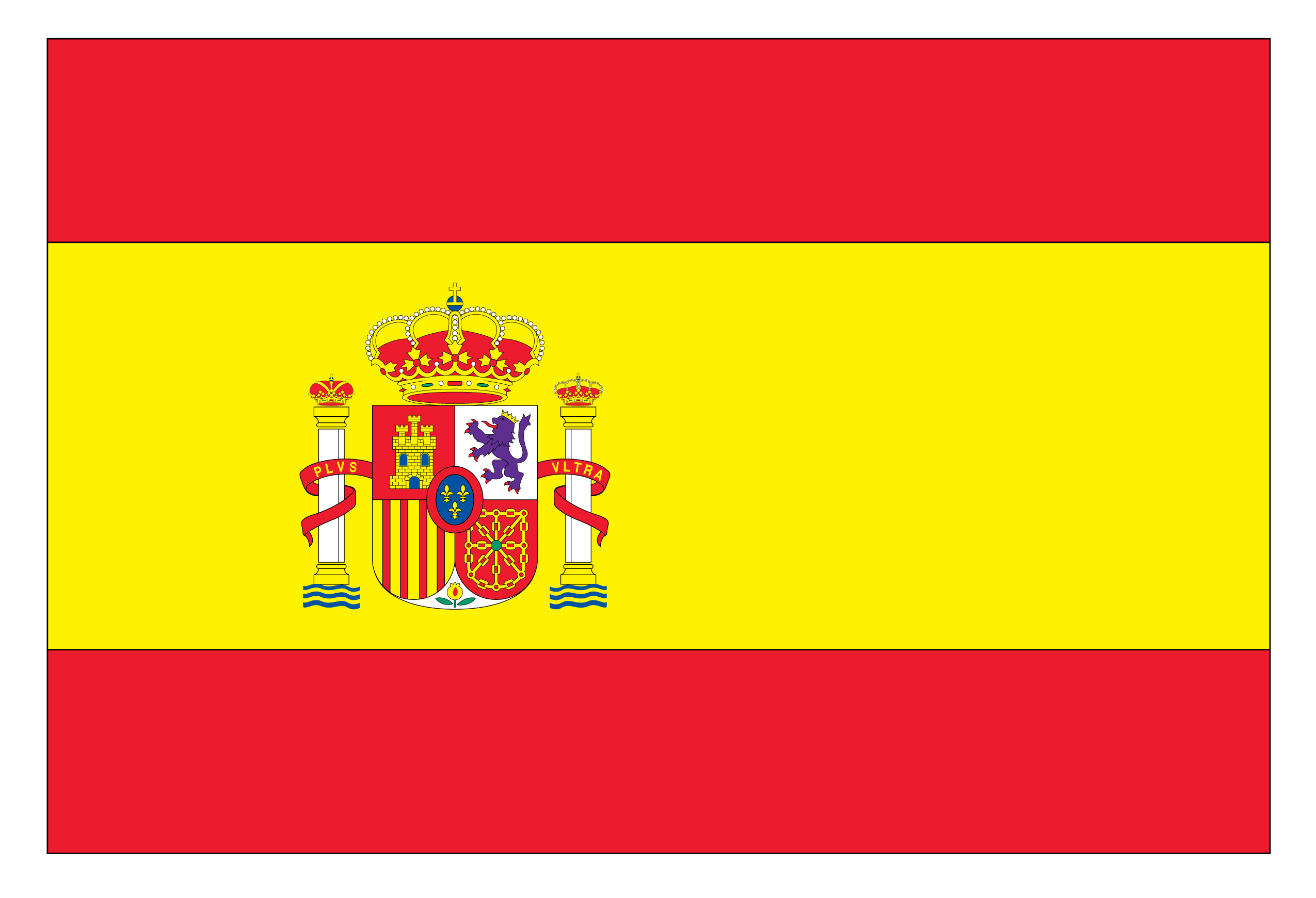 Spanish
Spanish